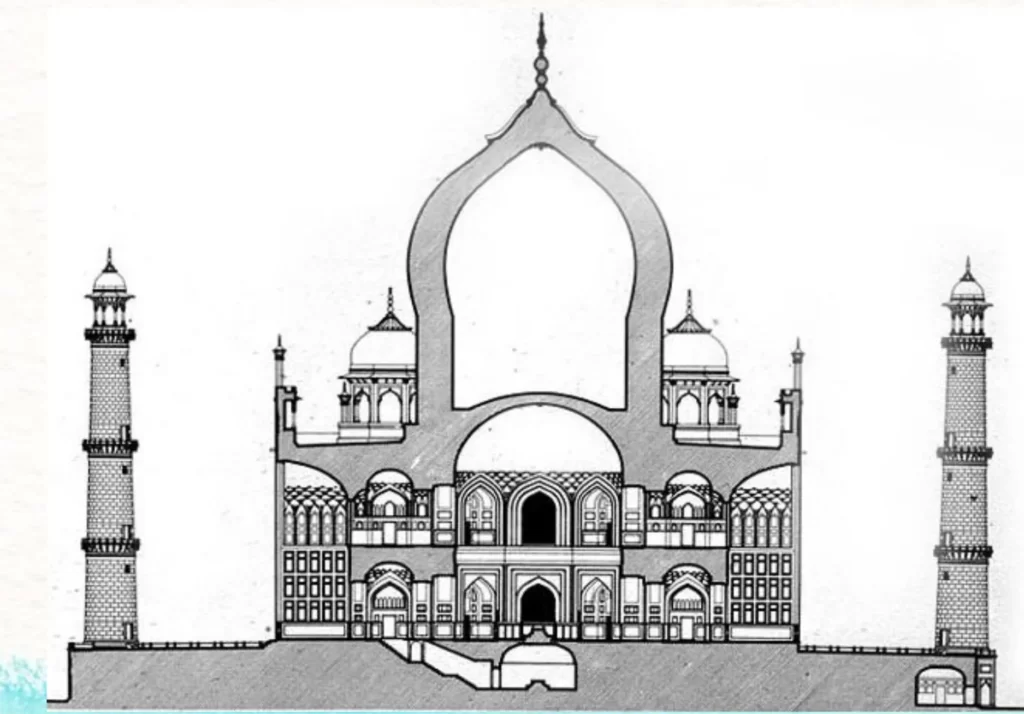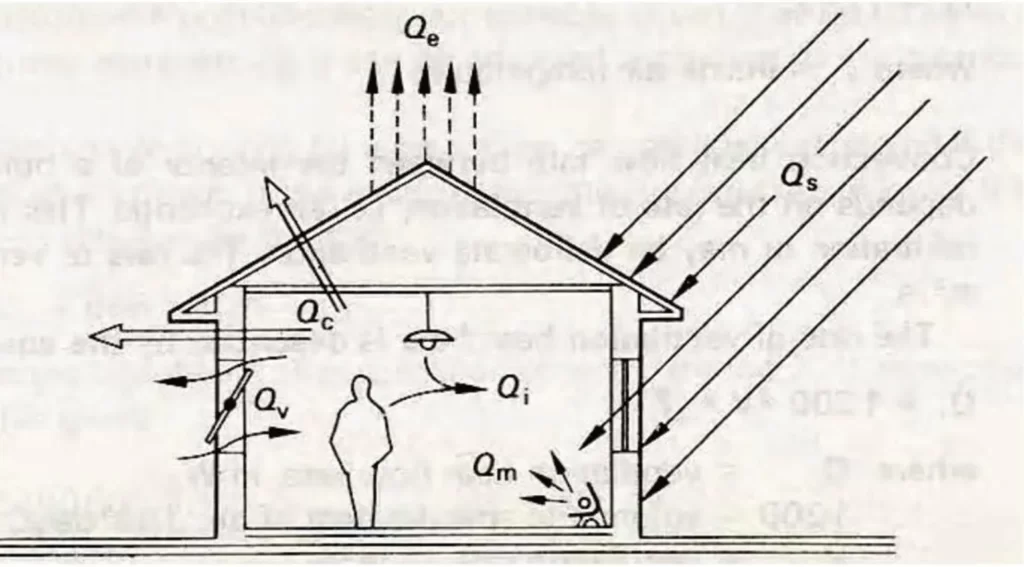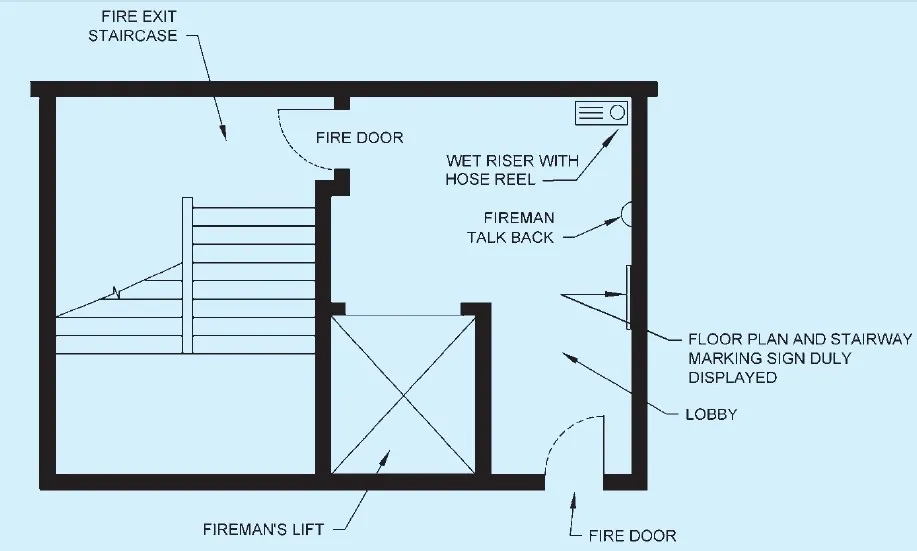WELCOME TO
ALL ABOUT POINTS CRITERIA IN GRIHA
Architectural information for beginner architects and students

SUSTAINABLE SITE PLANNING
Sustainable site planning is a design approach that seeks to minimize the environmental impact of a development project while maximizing...

GREEN INFRASTRUCTURE (CRITERION-1)
Green infrastructure is a term used to describe the network of natural and semi-natural features in urban areas that provide multiple...

LOW-IMPACT DESIGN STRATEGIES (CRITERION-2)
Low Impact Design (LID) strategies are approaches to designing and managing land development that prioritize the preservation...

DESIGN TO MITIGATE UHIE (CRITERION-3)
Calculation indicating site design strategies which assist in reduction of Urban Heat Island Effect (UHIE)-Reducing hard...

CONSTRUCTION MANAGEMENT
Construction management is the process of planning, coordinating, and overseeing a construction project from start to finish...

AIR & SOIL POLLUTION CONTROL (CRITERION -4)
Air and soil pollution control criteria refer to the standards and guidelines set by environmental agencies to regulate...

TOPSOIL PRESERVATION (CRITERION -5)
Topsoil preservation is an important criterion for sustainable land management and agriculture. It is essential to protect and conserve...

CONSTRUCTION MANAGEMENT PRACTICES (CRITERION -6)
Construction management practices refer to the processes and procedures that are used to plan, execute, and control construction...

ENERGY OPTIMIZATION
Energy optimization refers to the process of reducing the amount of energy used by a system or process, while still maintaining...

ENERGY OPTIMIZATION (CRITERION -7)
Energy optimization criterion refers to the method used to evaluate the energy efficiency of a system or process. The goal of energy...

RENEWABLE ENERGY UTILIZATION (CRITERION -8)
Renewable energy utilization refers to the use of renewable energy sources such as solar, wind, hydro, geothermal, and biogenic energy...

LOW ODP & GWP MATERIALS (CRITERION -9)
The term "Low ODP and GWP materials" refers to materials with a low ozone depletion potential and a low global warming potential...

OCCUPANT COMFORT
Occupant comfort refers to the level of satisfaction and well-being experienced by the people occupying a building...

VISUAL COMFORT (CRITERION -10)
Visual comfort criterion refers to a set of standards used to evaluate the quality of lighting in interior spaces and the degree...

THERMAL AND ACOUSTIC COMFORT (CRITERION -11)
Thermal comfort and acoustic comfort are two important aspects of indoor environmental quality that can have a significant...

INDOOR AIR QUALITY (CRITERION -12)
Indoor air quality (IAQ) refers to the air quality within and around buildings and structures, especially as it relates...





